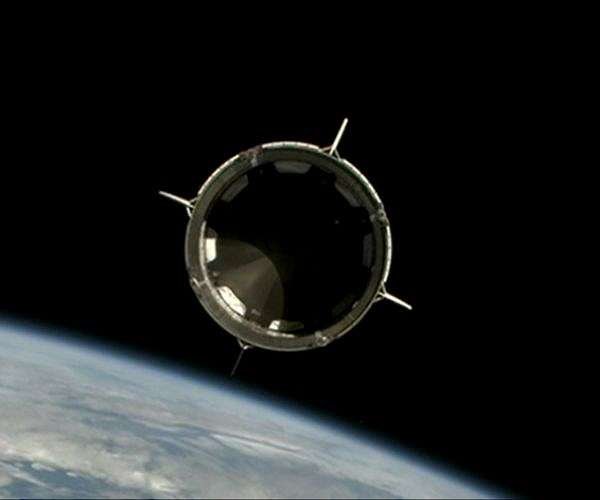Astronaut safely returns to Earth after 7 months of research on the ISS
Written by Clarence Oxford
Los Angeles, CA (SPX) October 28, 2024
Astronauts from NASA’s 8th SpaceX Crew Rotation (Crew-8) successfully splashed down off the coast of Florida after spending seven months aboard the International Space Station (ISS). The mission, part of NASA’s Commercial Crew Program, included Roscosmos astronaut Alexander Grebenkin, as well as NASA astronauts Matthew Dominick, Michael Barratt, and Janet Epps. NASA crews conducted extensive research under the auspices of the ISS National Laboratory to advance important scientific efforts in low Earth orbit (LEO).
Crew-8’s research spans multiple fields, including applications to in-space production, life and physical sciences, and technological innovation, contributing valuable insights with potential benefits to life on Earth, and LEO promoted the commercial development of
Highlights of the major ISS National Laboratory-supported studies conducted by Crew-8 include:
Some research focuses on in-space production, which is an increasing priority for the ISS National Laboratory and NASA. Among them, a project by Cedars-Sinai Medical Center aimed to develop a way to manufacture stem cells in space that can be grown into various tissues. These technologies have the potential for large-scale stem cell-based products that could eventually lead to new treatments for heart disease and neurodegenerative diseases, among other health conditions.
Redwire Corporation partnered with Eli Lilly and Company and Butler University to conduct research utilizing Redwire’s Pharmaceutical In-space Laboratory (PIL-BOX), a microgravity-based platform for organic molecule crystallization . This project could yield insights into new and improved treatments for several health problems. Eli Lilly has a history of conducting research on the ISS, focusing on innovations that have the potential to advance patient care on Earth.
In another experiment, Crew-8 supported the University of Notre Dame’s latest project in its series on ultrasensitive biosensors. These sensors are intended to detect trace amounts of substances in liquids, such as early cancer markers. By using laser heating to control bubble formation in microgravity, the researchers were able to enhance particle collection and improve the sensitivity of the biosensor. The research, funded by the National Science Foundation, could revolutionize early cancer detection and other diagnostic techniques.
Additionally, the crew worked on Phase 2 of Sphere Entertainment’s project to test Big Sky, an advanced ultra-high-resolution single-sensor camera on the ISS. Following initial testing in November 2022 using commercial off-the-shelf cameras, Big Sky testing focused on space operations and video downlink capabilities. Sphere Entertainment aims to integrate technology into immersive media experiences in Las Vegas.
As the mission nears completion, Crew-8 astronauts also contributed to projects initiated on NASA’s most recent ISS mission, Crew-9.
That included a student experiment by Isabel Jiang, a recent high school graduate and winner of the 2023 Genes in Space contest. Dr. Zhang’s research investigates how radiation and space conditions affect gene editing mechanisms, which could advance how astronauts are protected and our understanding of genetic health risks during space travel. There is sex.
Another study involved a collaboration between the U.S. Air Force Academy and Rhodium Scientific to study root growth of Arabidopsis plants at different orbital altitudes. Plants grown over four to six days aboard LEO’s ISS will be compared to plants grown aboard Polaris Dawn, which flew for a similar period in higher orbit. This study aims to investigate crop production for long-term space missions and resilience in high radiation environments.
Related links
international space station
Space tourism, space transportation and space exploration news

